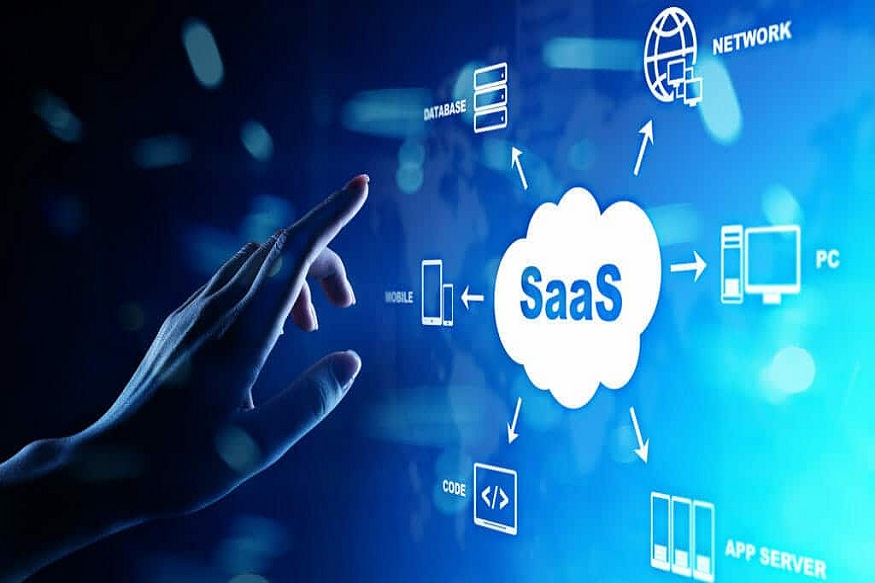Stop Chasing, Start Attracting: Mastering Inbound SaaS Lead Generation

For too long, the default strategy in B2B SaaS has been the relentless chase: the cold calls, the untargeted email blasts, and the expensive, interruptive ads. This outbound approach, while sometimes necessary, is a demanding and often frustrating zero-sum game.
The future of sustainable SaaS growth lies not in chasing prospects, but in attracting them. This is the core principle of Inbound SaaS Lead Generation, a methodology focused on providing value that naturally pulls qualified buyers toward your solution. It’s about being a helpful guide, not an aggressive hunter.
The Flawed Foundation of Outbound
Traditional outbound sales relies on interrupting the prospect’s day. For a complex B2B software purchase, this often creates friction. Buyers today are informed; they conduct 70% or more of their research before ever talking to a sales rep.
The inbound model flips this dynamic. Instead of shouting your features, you become the trusted expert that answers their questions, solves their problems, and educates them at every stage of their buyer’s journey. By offering value upfront, you earn their attention, their trust, and eventually, their business.
Pillar 1: Build Your Magnetic Content Engine
Content is the fuel for the inbound machine. For SaaS lead generation, this goes beyond generic blog posts—it must be hyper-focused on the problems your software solves.
1. The SEO Foundation (Attract Stage)
Your content must be discoverable. Invest heavily in SEO by targeting the long-tail keywords that your Ideal Customer Profile (ICP) types into Google when they are experiencing a problem.
- Example: Instead of just ranking for “project management software,” target phrases like “how to manage remote dev team deadlines” or “best tools for agile marketing reporting.” This ensures you capture visitors with high commercial intent.
- Action: Build pillar pages and topic clusters that comprehensively cover a specific domain related to your software, positioning you as the definitive authority.
2. The Lead Magnet Offer (Convert Stage)
Once prospects land on your valuable content, you need to convert them into identifiable leads. This is where your lead magnets come in. These are high-value resources offered in exchange for a prospect’s contact information.
- The SaaS Sweet Spot: The most effective lead magnets for SaaS are often free tools (like calculators, website graders, or simple template generators) or in-depth guides/templates that directly relate to your product’s core function. Offering a free trial or a freemium tier is the ultimate product-led lead magnet.
Pillar 2: Optimize the Conversion Pipeline
A great lead magnet is useless without an optimized process to capture and qualify the lead.
3. High-Converting Landing Pages
Every piece of gated content needs a dedicated landing page free of distractions (like a main navigation menu). The page should clearly articulate the value of the offer and feature a clean, concise form. Crucially, do not ask for too much information upfront. Start with just an email, and use progressive profiling later to gather more data.
4. Conversational Marketing & Chatbots
The modern web visitor expects instant answers. Implementing a conversational marketing strategy via live chat or intelligent chatbots allows you to:
- Answer common questions instantly.
- Guide visitors to the most relevant content or demo.
- Capture contact details and qualify the lead in real-time before they leave your site.
Pillar 3: Nurture and Qualify Leads
A lead generated through inbound is a Marketing Qualified Lead (MQL)—they’ve shown interest, but they aren’t ready to buy yet. The next step is nurturing them into a Sales Qualified Lead (SQL).
5. Segmented Email Nurturing
The content a prospect receives must be relevant to their pain points and where they are in the buying process. Segmentation is vital.
- Awareness Stage (TOFU): Send educational blog posts, original research, and general industry tips.
- Consideration Stage (MOFU): Send content comparing solutions, webinars, and expert guides that highlight how your approach solves their specific challenge.
- Decision Stage (BOFU): Send case studies, customer testimonials, product demos, and pricing information.
Each email sequence is designed not to sell, but to provide the next logical piece of information the prospect needs to move forward in their journey.
6. Product-Qualified Leads (PQLs)
In a SaaS context, the most valuable inbound leads are often Product-Qualified Leads (PQLs). These are leads who have signed up for a free trial or freemium product and have demonstrated meaningful engagement with a core feature of your software.
- Action: Use behavioral data (e.g., number of logins, use of a key feature, team invitations) to automatically score and flag PQLs. These leads are prioritized for a personal outreach because their actions clearly signal high purchase intent.
The Inbound Advantage
Mastering inbound SaaS lead generation is a commitment to a long-term growth strategy. It demands patience and consistent, high-quality content creation, but the payoff is immense.
Instead of paying high costs to interrupt disinterested prospects, you build a sustainable asset—a steady stream of qualified leads who already know, like, and trust your brand. You stop chasing, and your pipeline begins to fill with prospects who are actively seeking you out. That is the definition of sustainable, scalable SaaS growth.



